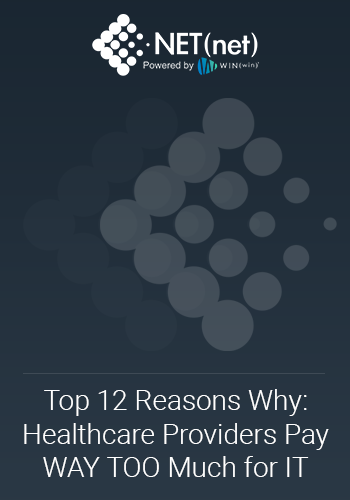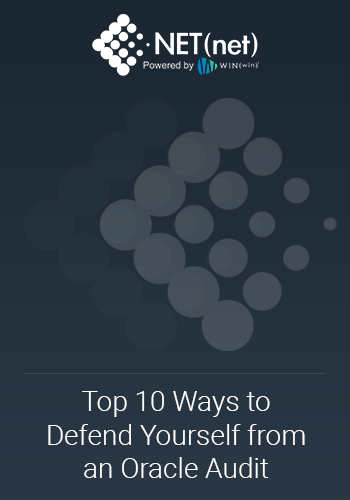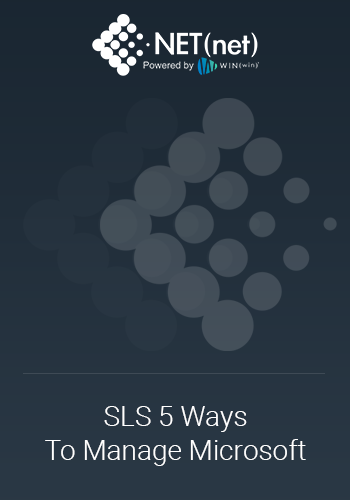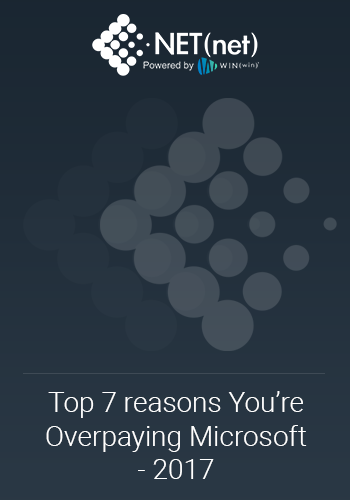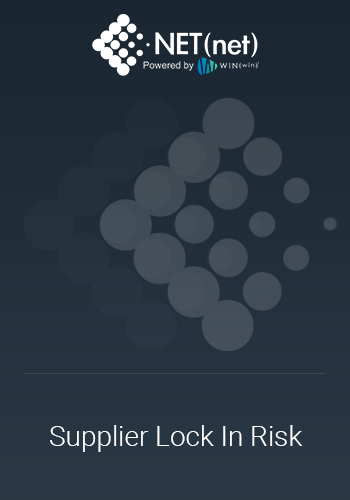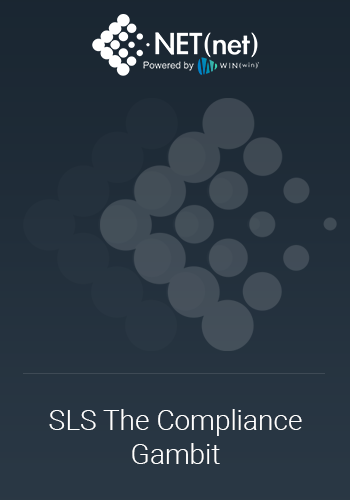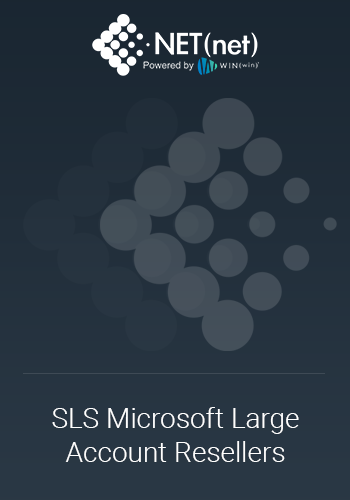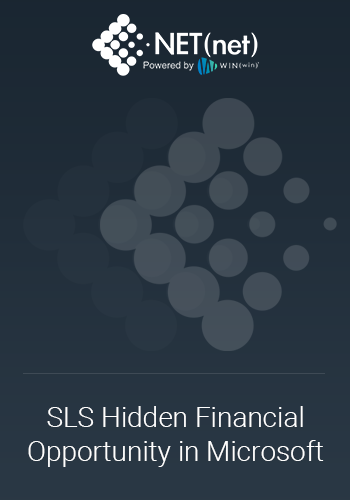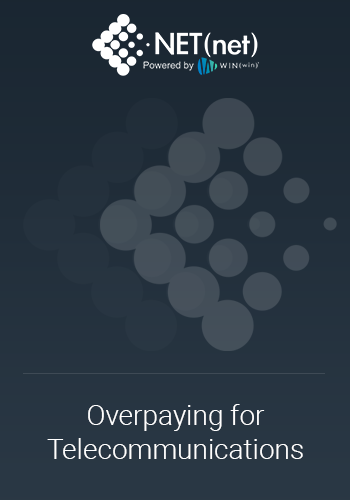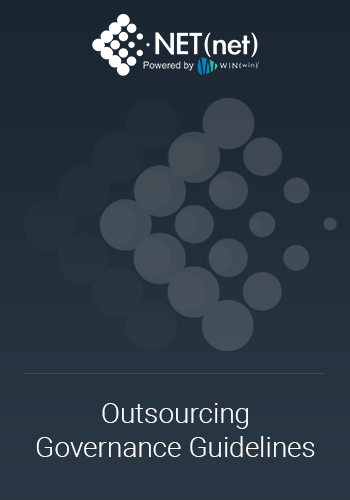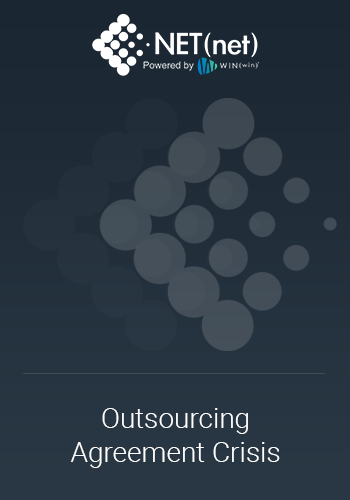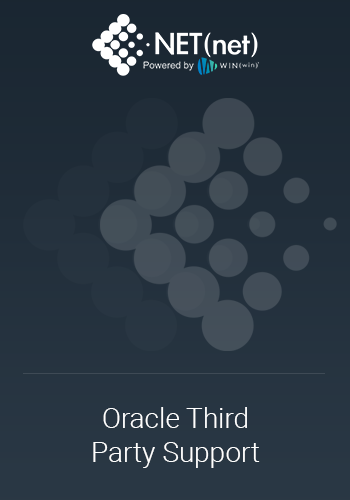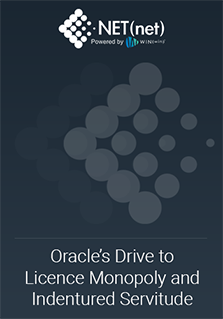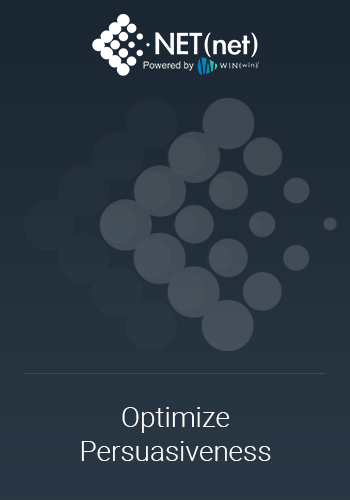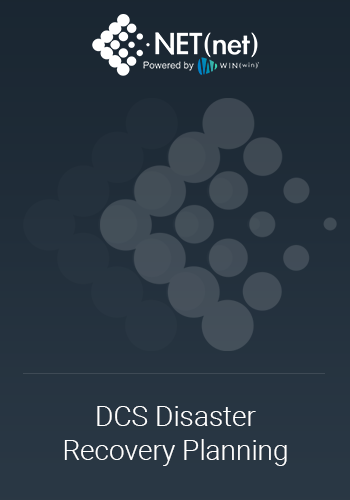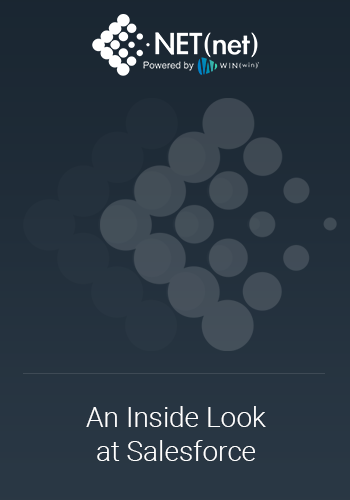Recently I asked myself this question: when did the words ‘cloud computing’ become the common expression to simply explain a network of remote servers? According to Technology Review, it can be traced back twenty two years ago to 1996. Inside the offices of Compaq Computer a small group of technology executives were plotting the future of the Internet business and calling it “cloud computing.” Not only would all business software move to the Web, but what they termed “cloud computing-enabled applications” would become common.
In 2018, cloud computing has become a ubiquitous piece of jargon that many find annoying, but also hard to avoid. And in the wake of that, the business realities of negotiating and concluding cloud agreements are becoming more complex.
SaaS Economics
From a supplier standpoint, the economics of SaaS solutions are very different than software licensing. As reflected in 10-K filings, out of every Dollar earned, 40% to 53% are related to sales and marketing to acquire new customers. Combined costs for R&D and general G&A expenses accounted for somewhere between 30% to 53% of revenue for these companies. The direct cost of delivering the SaaS service is relatively low in relation to revenues, ranging from 17% to 19% of subscription revenue. Therefore, the road to profitability depends on high customer retention rates and expansion of business with existing customers.
What should be on your mind when entering the cloud services market?
Flexibility is great and while data security needs to be addressed, privacy concerns are the most complex. Cloud computing may be all about the ability to access your data via the internet, but that data still needs to be housed at a physical location. Certain countries have regulatory requirements that restrict having data reside in other countries, so this is critical if you have an international organization and you must comply by their countries' regulatory requirements.
Deploying services and pushing content to the cloud is surely a big benefit; however, cloud services could raise trade and tax issues including whether the transfer of information results into export control violations and whether the cross-border supply of services trigger a tax liability.
Besides flexibility and quick deployment, the 3rd and biggest reason to move to the cloud is the assumption that it is cheaper. But is it? SaaS can be a trap that can cost you more, result in less agility, and lock you into a poor sourcing decision.
Beware of Fixed CostWhen replacing a business application that runs in the data center for a SaaS subscription not all associated cost goes away. Is the initial investment fully depreciated? Will the server running this application be de-commissioned? Is there a reduction of IT and Business resources supporting the application? Not all costs are variable, so make sure to compare Total Cost of Ownership before using ‘cloud is cheaper’ as a reason to go in that direction.
Align business needs with type of subscriptionIt is easy to buy an unlimited subscription type and unlimited storage. Overbuying and paying for unused licenses is not unusual. When buying SaaS, ensure the subscription type and pricing metric aligns with perceived end-customer value. With that in mind, you should at least look at:
- Transaction data to determine the appropriate subscription price
- Usage data to determine the appropriate subscription type
SaaS companies gross profit margins are over 80% on subscription revenue. The lifetime value (LTV) in relation to the cost to acquire a customer (CAC) is much higher for large customers than small customers. At 80%+ gross profit margins on subscription revenue, the revenue stream from a larger customer has a much greater impact on the supplier’s earnings.
Minimum revenue commitments are particularly important to ensure payback on CAC. Many companies end up paying premium for projected user amounts because they were convinced by the SaaS supplier that someday they may hypothetically increase their usage. NET(net) has seen many companies in the past 10 years sign contracts only to realize they grossly overpaid their usage. Customers are surprised to find out during contract renewal that to get out of the deal they must pay a price increase on seats they are actually using. Go figure!
SaaS suppliers have a particularly strong incentive to maintain competitiveness in pricing their products even after the customer has subscribed to the service. Retention and expansion of business with existing customers is critical in generating returns on their upfront investments. SaaS providers cannot necessarily count on their customers becoming “captive” to them in the same way that customers become captive to their major software licensors. This can provide leverage in negotiating favorable pricing for expanded business and renewals.
Where can NET(net) help
According to Gartner, the software as a service (SaaS) market generated $37.7 billion in 2016. Transparency Market Research projects it will reach a whopping $164.29 billion by 2022.
NET(net) has worked with a large number of clients in a variety of industries on SaaS deals and built up 16 years of Federated Market Intelligence to support clients with configuration and deal optimization.
Click the 'Contact Us' button on this page or contact dsiglin@netnetweb.com to get the assistance you need to Find, Get, and Keep Value in your Cloud Agreements.
About NET(net)
Celebrating 16 years, NET(net) is the world’s leading IT Investment Optimization firm, helping clients find, get and keep more economic and strategic value. With over 2,500 clients around the world in nearly all industries and geographies, and with the experience of over 25,000 field engagements with over 250 technology suppliers in XaaS, Cloud, Hardware, Software, Services, Healthcare, Outsourcing, Infrastructure, Telecommunications, and other areas of IT spend, resulting in incremental client captured value in excess of $250 billion since 2002. NET(net) has the expertise you need, the experience you want, and the performance you demand. Contact us today at info@netnetweb.com, visit us online at www.netnetweb.com, or call us at +1-866-2-NET-net to see if we can help you capture more value in your IT investments, agreements, and relationships.
NET(net)’s Website/Blogs/Articles and other content is subject to NET(net)’s legal terms offered for general information purposes only, and while NET(net) may offer views and opinions regarding the subject matter, such views and opinions are not intended to malign or disparage any other company or other individual or group.

